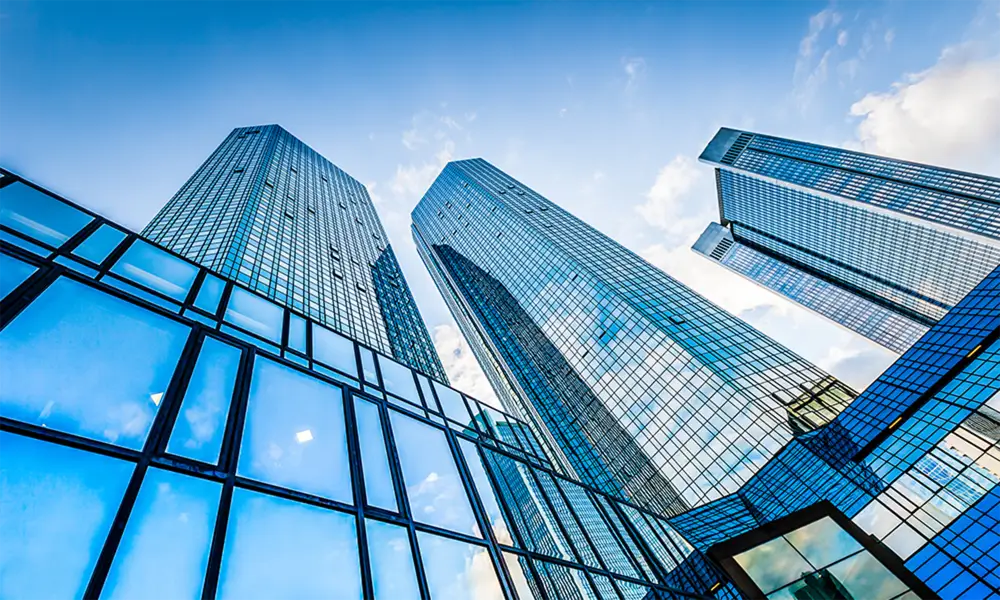

Clear Low-E Glass Revolutionizing Energy Efficiency in Architecture
In recent years, the demand for energy-efficient building materials has surged, driven by increasing energy costs and a growing awareness of environmental concerns. Among the innovative solutions that have emerged, clear low-emissivity (Low-E) glass has garnered significant attention for its remarkable ability to improve energy efficiency in buildings without compromising aesthetics. This article explores the properties, benefits, and applications of clear Low-E glass and its role in shaping sustainable architecture.
What is Clear Low-E Glass?
Low-E glass is a type of energy-efficient glazing that is coated with a thin layer of metallic oxides. This coating is designed to reflect infrared light while allowing visible light to pass through. The term clear refers to the glass's high transparency, ensuring that it does not alter the appearance of the building. The coating can be applied to one or both sides of the glass and is typically undetectable to the naked eye, making it an attractive option for architects and builders who desire both functionality and aesthetic appeal.
The Science Behind Low-E Technology
The core function of Low-E coatings lies in their ability to manage heat transfer. Traditional glass allows a significant amount of solar radiation to enter buildings, leading to increased heat gain and higher cooling costs. In contrast, clear Low-E glass acts as a thermal barrier, reflecting the sun’s heat away during the warm months while minimizing heat loss during the colder months. This dual benefit is facilitated by the glass's selective transparency to different wavelengths of light, optimizing indoor climate control.
Benefits of Clear Low-E Glass
1. Energy Efficiency One of the most significant advantages of clear Low-E glass is its ability to enhance energy efficiency. By reducing both heating and cooling loads, buildings can achieve substantial energy savings, resulting in lower utility bills and a reduced carbon footprint.

2. Comfort The use of clear Low-E glass helps maintain a more consistent indoor temperature, contributing to increased occupant comfort. By mitigating drafts and preventing hot spots near windows, Low-E glass creates a more pleasant living or working environment.
3. UV Protection Clear Low-E glass also blocks a substantial percentage of harmful ultraviolet (UV) rays, which can cause fading of furnishings and interior decor. This feature is particularly beneficial for residential spaces and retail environments where product displays need protection from UV damage.
4. Noise Reduction Another important benefit is the sound insulation properties that clear Low-E glass can provide. By using double or triple-pane configurations, it can significantly reduce outside noise, contributing to a more tranquil indoor atmosphere.
Applications in Architecture
Clear Low-E glass is versatile and can be used in a variety of applications, from residential homes to commercial buildings. It is ideal for windows, glass doors, and curtain walls. Modern architectural designs emphasizing natural light can benefit greatly from Low-E technology, allowing for expansive glass facades that enhance visual appeal while maintaining energy efficiency.
Furthermore, as governments and communities increasingly advocate for sustainable building practices, the demand for Low-E glass is likely to grow. Building codes that require energy-efficient materials, coupled with green building certifications like LEED, are pushing architects and builders to consider innovative materials like clear Low-E glass in their designs.
Conclusion
Clear Low-E glass represents a significant advancement in building technology, offering an elegant solution to the challenges of energy efficiency and comfort in modern architecture. By reflecting heat and blocking harmful UV rays without sacrificing natural light, it meets the needs of today's environmentally conscious consumers and helps pave the way toward a more sustainable future. As the construction industry continues to evolve, clear Low-E glass will undoubtedly play a crucial role in shaping energy-efficient buildings that prioritize both function and aesthetics.